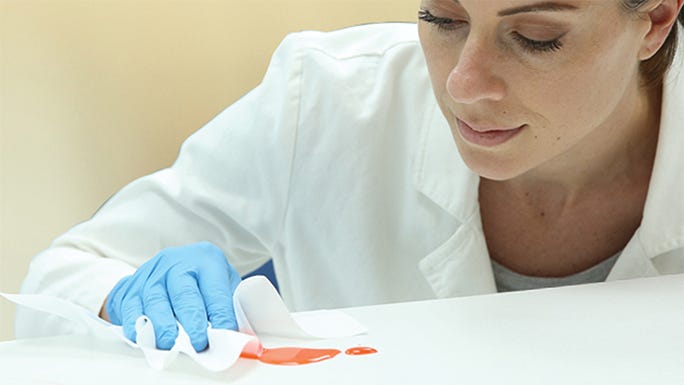
Cleanroom Best Practices: 18 Rules For Cleaner Controlled Environments
Posted:
May 12, 2021
Check out our list of Dos and Don’ts in a cleanroom, a summary of cleanroom best practices for making the controlled environment function at peak performance. These are good resources for new cleanroom operators or those unsure about what steps to take in a cleanroom environment.
Cleanroom Best Practices and Cleanroom Protocol: Rules for Productive Results
- Follow strict gowning protocol
- Keep personnel to a minimum to reduce particles
- Require good personal hygiene from all workers
- Make sure to use the toilet, drink water, take care of other personal needs prior to entering the cleanroom; if you have to leave, you have to de-gown/re-gown
- Plan the work shift: have supplies prepared to reduce entry/exit
- Always enter and exit using designated doors
- Back into a door to open it rather than touch the handle
- Use the back of your hands to adjust glasses, avoiding unnecessary contact with fingertips
- Use tools to handle items (forceps, tweezers)
- Carefully consider movements; reduce particulate generation and prevent interruption of laminar airflow
- Sneeze inside mask; then replace
- Apply necessary medications on cuts or abrasions, and cover completely with dressing; make sure these areas are covered by gowning
- Store cleanroom supplies inside the cleanroom to reduce contamination
- Use air showers and pass-throughs to introduce new materials or supplies
- Clean supplies and materials before transferring them into the cleanroom
- Instruct service personnel (maintenance or cleaning teams) to use the same strict protocol as technicians
- Use cleanroom grade paper or encapsulated sheets within clean plastic
- Perform cleanroom repairs or maintenance in isolation
Common Mistakes in Cleanroom Gowning and Procedure
- Allowing untrained workers inside the cleanroom
- Allowing workers into the room who are ill, have skin conditions, or allergies (that are not improved with HEPA)
- Using cosmetics, hairspray, lotions, perfumes, or nail polish
- Wearing jewelry outside of gowning garments; be mindful of rings that can puncture gloves
- Eating food, drink beverages, or chew gum and mints
- Bringing personal items (phone, keys, newspapers) inside the cleanroom
- Propping doors open
- Opening more than one door at a time in multi-chamber cleanrooms
- Placing tools directly on surfaces (set them on wipes instead)
- Engaging in horseplay or touching other workers
- Carrying items up against your body
- Talking when working near the material/samples
- Blowing nose inside cleanroom or using particle-shedding tissues
- Touching work surfaces directly
- Smoking prior to entering the cleanroom (wait at least 45 minutes)
- Making fast, erratic movements that can cause turbulence
- Allowing cleanroom trash to build up inside cleanroom receptacles
Terra Universal is the leading expert in the design and fabrication of ISO rated cleanrooms, furnishing and supplies.
Get a free consultation from one of our cleanroom specialists:
Call (714) 459-0731


